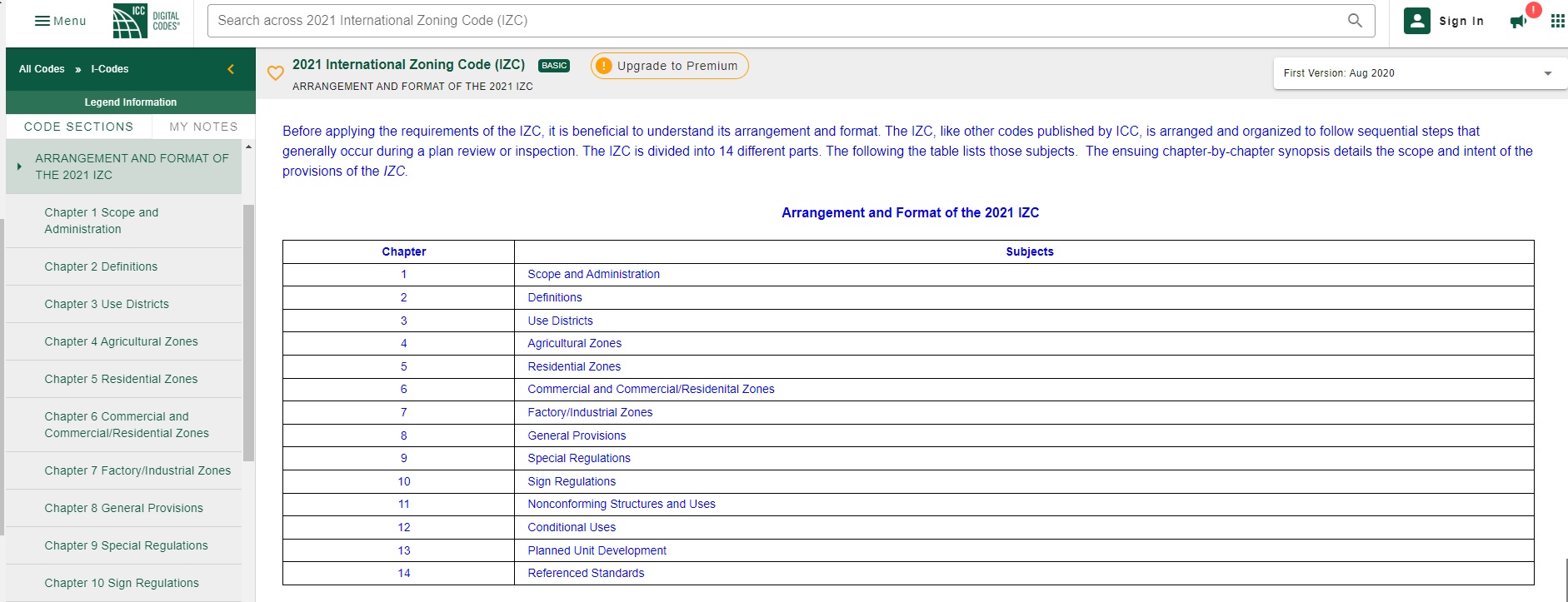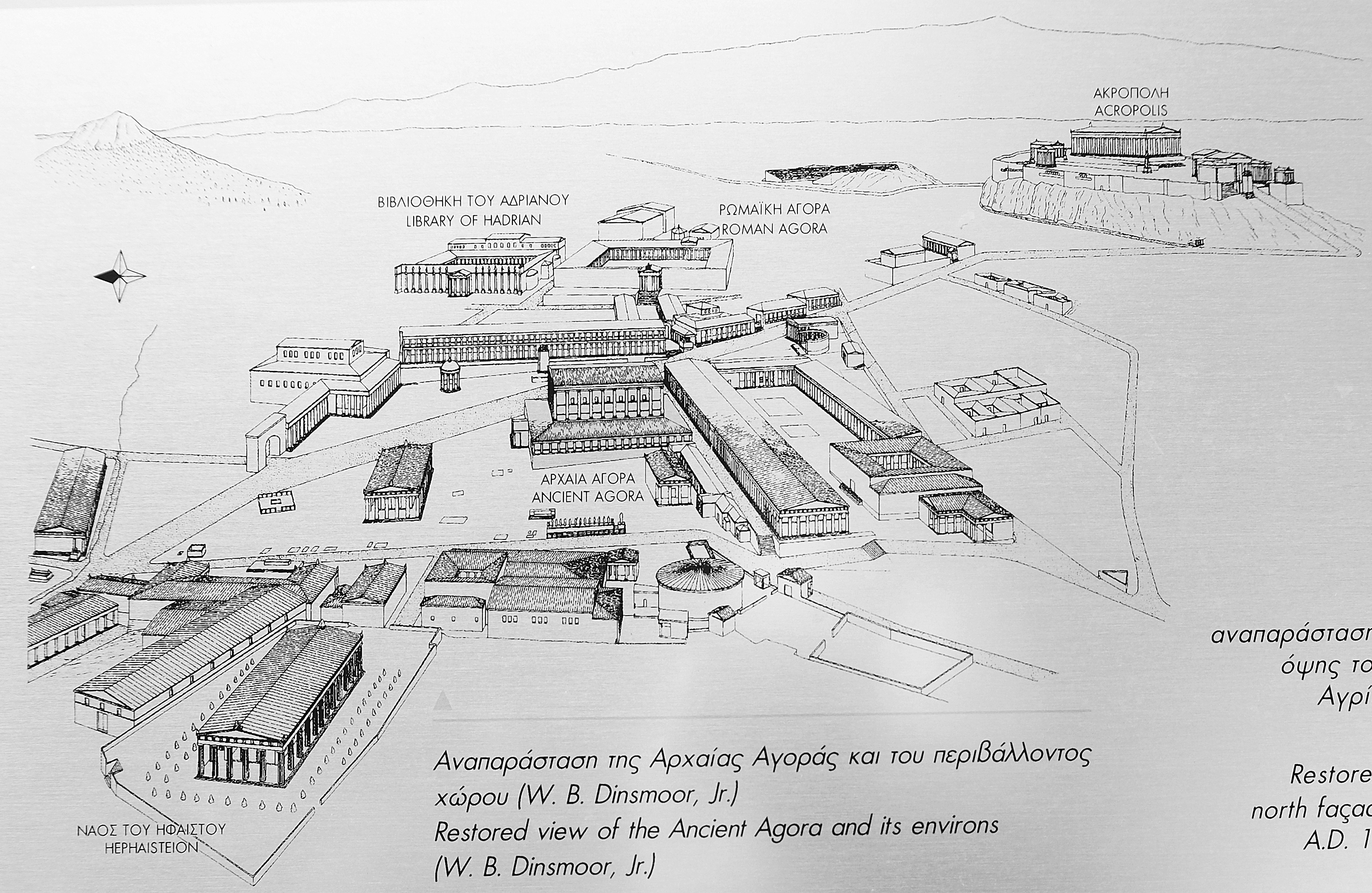Some views never get old. ✨ pic.twitter.com/MxTJc5ykR7
— Harper College (@HarperCollege) October 18, 2024
Abiit sed non oblitus
- Home Page 5

Abiit sed non oblitus
National Center for Spectator Sports Safety and Security
The legacy of Merry Old England lives on in the American South. pic.twitter.com/ujnDUIz3Q3
— 𝒩𝒶𝓉𝒶𝓁𝒾𝒶 (@classicspilled) October 3, 2025
Fall Field Sport
Today we continue drilling into the transcript of proposed changes the International Code Council Group B tranche of titles relevant to our safety and sustainability agenda. Use the login credentials at the upper right of our home page.
Complete Monograph of the April 27 – May 6 Proposed Changes heard April 27-May6 in Orlando: Complete Monograph (2630 pages)
Results of the April meetings to be heard at the October 22-30 Hearings in Cleveland Ohio: 2025 REPORT OF THE COMMITTEE ACTION HEARING (CAH1)
Proposals of interest today:
S71-25 Table 1607 Minimum Uniformly Distribution Live Loads (for stadiums) – Page 1089
S74-25 1607.9 Loads on stadium handrails, guards, grab bars and seats – Page 1098
Video of spectator balcony railing collapse that killed 7 college students in Bolivia – Page 1102
Related coverage:
Community Hub Schools
The larger part of using the global standardization system to make the real assets of educational settlements safer, simpler, lower-cost and longer-lasting is to make every effort to use those spaces and occupancies effectively. Today we examine a few case studies and explore possibilites mapped in safety and sustainability catalogs of standards developers whose titles become the basis for government regulation. Use the login credentials at the upper right of our home page at the usual hour.
The topic is necessarily cross-cutting and technologically interdisciplinary so we draw from the syllabi of colloquia we previously covered.
Case Study: Center Grove Community School Corporation Security
Related:
Here are 10 current trends in the construction of K-12 education facilities in the United States, based on recent industry insights and developments. These trends reflect a focus on safety, sustainability, technology, and evolving educational needs, drawn from sources like architectural firms, construction reports, and educational design analyses.
-
Enhanced Security Systems
Schools are prioritizing advanced security measures, such as wearable panic devices for staff, access control systems, secure vestibules, surveillance technology, and remote hallway gate controls. Many districts are proactively upgrading security as standalone projects rather than waiting for renovations, aiming to create safer environments without highly visible fortifications. For example, Solomon-Solis Cohen Elementary in Philadelphia integrates park-like settings with security features to balance safety and community appeal. -
Flexible and Adaptable Learning Spaces
Traditional static classrooms are being replaced with modular, flexible spaces that support diverse teaching styles and learning needs. These include movable partitions, demountable walls, and multi-purpose areas like learning stairs, which serve as seating or presentation spaces. Schools like Warsaw High School use learning stairs as dynamic hubs for collaboration, allowing easy reconfiguration for group work, individual study, or CTE programs. -
Sustainability and Net-Zero Energy Design
Schools are adopting eco-friendly designs, such as energy-efficient HVAC systems, solar panels, and green materials, to achieve net-zero energy goals. The transition to electric vehicle (EV) bus fleets with charging infrastructure is also growing, as seen in districts incrementally upgrading transportation facilities. These designs educate students about sustainability while reducing operational costs. -
Improved Indoor Air Quality and HVAC Upgrades
With 38% of U.S. public schools built before 1970, upgrading HVAC systems is a priority to improve air quality and prevent health issues like mold. The American Society of Civil Engineers noted in 2021 that 41% of districts need HVAC updates in at least half their schools, costing billions. Post-COVID, schools are using federal relief funds to enhance ventilation, as seen in Clark County School District’s UL Verified Ventilation mark. -
Career and Technical Education (CTE) and STEAM Facilities
There’s a resurgence in CTE and STEAM (Science, Technology, Engineering, Arts, Mathematics) spaces, with schools building specialized labs for robotics, welding, automotive, and filmmaking. For instance, Merrillville Community School Corporation added a 57,000-square-foot CTE addition with state-of-the-art labs. These spaces prepare students for skilled trades and tech careers, reflecting a shift away from college-only pathways. -
Technology Integration and Wi-Fi Optimization
Schools are designing comprehensive Wi-Fi coverage using predictive modeling to eliminate dead zones, ensuring access for all users (students, staff, parents). Classrooms are equipped with IT infrastructure for digital learning, including VR/AR tools and BIM (Building Information Modeling) for design precision. Santa Ana High School’s transformation of a library into a digital media lab exemplifies this trend. -
Health and Wellness-Focused Design
Designs prioritize mental and physical well-being with natural lighting, ergonomic furniture, and outdoor learning spaces like gardens or courtyards. The “One Health” movement, cited by PBK Architects, emphasizes environments where students and buildings are holistically healthy. Twin Buttes High School in North Dakota incorporates food sovereignty programs with greenhouses and culinary labs to promote wellness. -
Community-Centric Facilities
Schools are being designed as community hubs, hosting events and serving as emergency shelters or voting places. Flexible designs allow spaces to be used by the community year-round, generating revenue. For example, Eddy & Debbie Peach Elementary School includes outdoor art and science labs that double as community spaces, fostering engagement and connection. -
Resilient and Durable Construction
New builds and renovations use resilient materials to withstand high-traffic use and extreme weather, adhering to updated building codes for fire resistance and accessibility. Designers assess existing structures for “good bones” to repurpose them cost-effectively, as seen in HED’s redesign of Santa Monica High School with adaptable, demountable walls. -
Collaborative Design with Stakeholder Input
Construction projects increasingly involve teachers, parents, and students in the planning process through public meetings and surveys to align facilities with community needs. Transparent communication, as emphasized by Bryan Construction, ensures designs reflect educational goals, such as sustainable curricula or flexible spaces, enhancing teacher and student satisfaction.
International Zoning Code
2025 Group B Proposed Changes to IZC | Complete Monograph for Changes to I-Codes (2630 pages)
National Association of County Engineers
The purpose of the code is to establish minimum requirements to provide a reasonable level of health, safety, property protection and welfare by controlling the design, location, use or occupancy of all buildings and structures through the regulated and orderly development of land and land uses within this jurisdiction.
Municipalities usually have specific land use or zoning considerations to accommodate the unique needs and characteristics of college towns:
- Mixed-Use Zoning: Cities with colleges and universities often employ mixed-use zoning strategies to encourage a vibrant and diverse urban environment. This zoning approach allows for a combination of residential, commercial, and institutional uses within the same area, fostering a sense of community and facilitating interactions between students, faculty, and residents.
- Height and Density Restrictions: Due to the presence of educational institutions, cities may have specific regulations on building height and density to ensure compatibility with the surrounding neighborhoods and maintain the character of the area. These restrictions help balance the need for development with the preservation of the existing urban fabric.
- Student Housing: Cities with colleges and universities may have regulations or guidelines for student housing to ensure an adequate supply of affordable and safe accommodations for students. This can
include requirements for minimum bedroom sizes, occupancy limits, and proximity to campus. - Parking and Transportation: Given the concentration of students, faculty, and staff, parking and transportation considerations are crucial. Cities may require educational institutions to provide parking facilities or implement transportation demand management strategies, such as promoting public transit use, cycling infrastructure, and pedestrian-friendly designs.
- Community Engagement: Some cities encourage colleges and universities to engage with the local community through formalized agreements or community benefit plans. These may include commitments to support local businesses, contribute to neighborhood improvement projects, or provide educational and cultural resources to residents.
This is a relatively new title in the International Code Council catalog; revised every three years in the Group B tranche of titles. Search on character strings such as “zoning” in the link below reveals the ideas that ran through the current revision:
Complete Monograph: 2022 Proposed Changes to Group B I-Codes (1971 pages)
We maintain it on our periodic I-Codes colloquia, open to everyone. Proposals for the 2026 revision will be received until January 10, 2025.
2024/2025/2026 ICC CODE DEVELOPMENT SCHEDULE
We maintain it on our periodic I-Codes colloquia, open to everyone with the login credentials at the upper right of our home page.
Related:
- Reed v. Town of Gilbert (2015): This Supreme Court case involved a challenge to the town of Gilbert, Arizona’s sign code, which regulated the size, location, and duration of signs based on their content. The court held that the sign code was a content-based restriction on speech and therefore subject to strict scrutiny.
- City of Ladue v. Gilleo (1994): In this Supreme Court case, the court struck down a municipal ordinance that banned the display of signs on residential property, except for signs that fell within specific exemptions. The court held that the ban was an unconstitutional restriction on the freedom of speech.
- Metromedia, Inc. v. San Diego (1981): This Supreme Court case involved a challenge to a San Diego ordinance that banned off-premises advertising signs while allowing on-premises signs. The court held that the ordinance was an unconstitutional restriction on free speech, as it discriminated against certain types of speech.
- City of Ladue v. Center for the Study of Responsive Law, Inc. (1980): In this Supreme Court case, the court upheld a municipal ordinance that prohibited the display of signs on public property, but only if the signs were posted for longer than 10 days. The court held that the ordinance was a valid time, place, and manner restriction on speech.
- City of Boerne v. Flores (1997): This Supreme Court case involved a challenge to a municipal sign code that regulated the size, location, and content of signs in the city. The court held that the sign code violated the Religious Freedom Restoration Act, as it burdened the exercise of religion without a compelling government interest.
Data Points: National Center for Education Statistics
The National Center for Education #Statistics is the primary federal entity for collecting & analyzing #education-related data in the U.S. RTs ≠ endorsements.
We steer clear of curricula generally, mainly because curricula is a “crowded space” (i.e. no shortage of opinions, and even passions) except those programs that prepare the next generation for a skill set to support secondary enterprises such as skilled trades, building construction management, coding the internet of everything.
Classification of Instructional Programs
Introduction to the Classification of Instructional Programs: 2010 Edition (CIP-2010)
APPA: Survey raw responses: space increasing or decreasing
Related:
Ædificare & Utilization
It has been 20 years since we began following educational facilities construction activity. Starting this month we will examine federal government data together with the best available data about space utilization to enlighten our response to the perfectly reasonable question: “Are we over-building or under-building or building ineffectively”. Use the login credentials at the upper right of our home page.
United States: Schools of Architecture
The Society for College and University Planning (Ann Arbor, Michigan)
National Center for Education Statistics
The Financial Impact of Architectural Design: Balancing Aesthetics and Budget in Modern Construction
Homeschooling
2022 International Existing Building Code
 University College London
University College London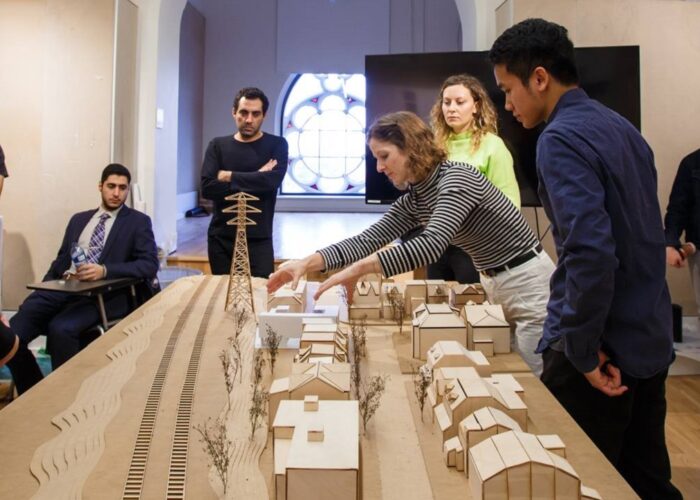 University of Toronto
University of Toronto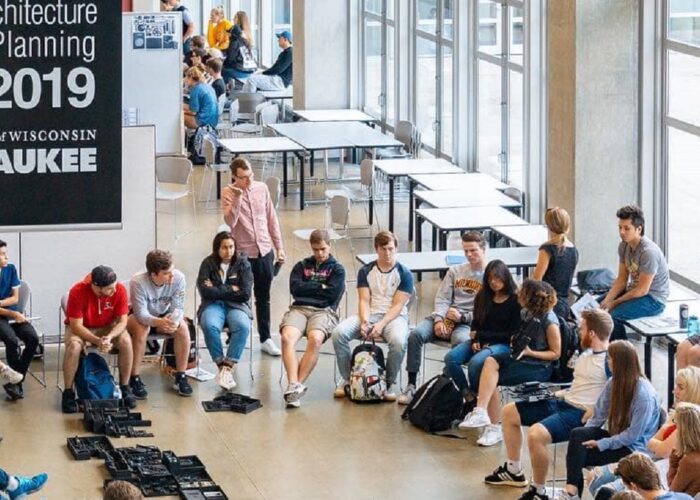 43.0764° N | 87.8816° W
43.0764° N | 87.8816° W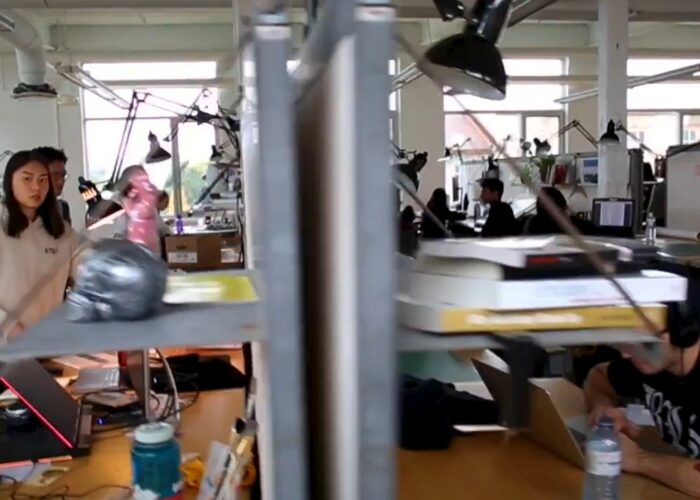 University of Waterloo Ontario
University of Waterloo Ontario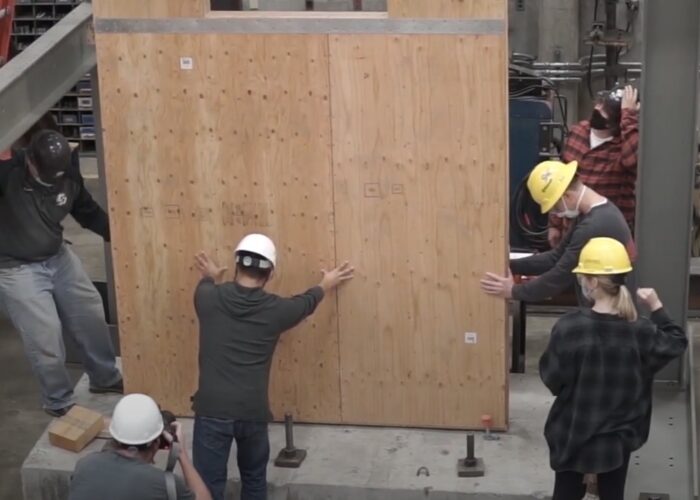 California Polytechnic University | San Luis Obispo County
California Polytechnic University | San Luis Obispo County Oulun yliopisto | Pohjois-Pohjanmaa
Oulun yliopisto | Pohjois-Pohjanmaa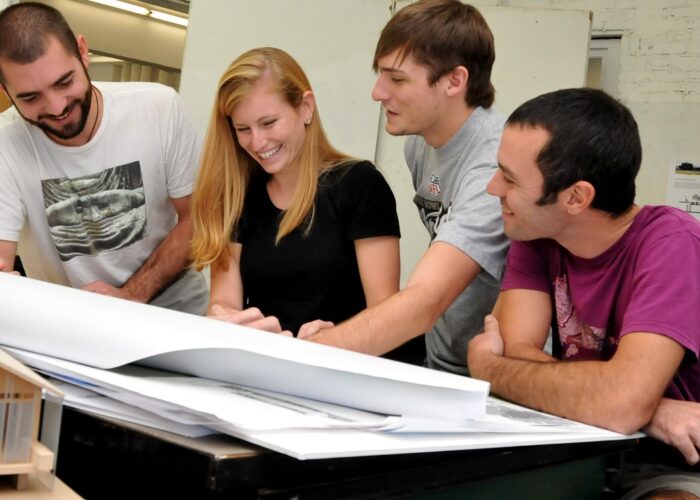 Tulane School of Architecture Louisiana
Tulane School of Architecture Louisiana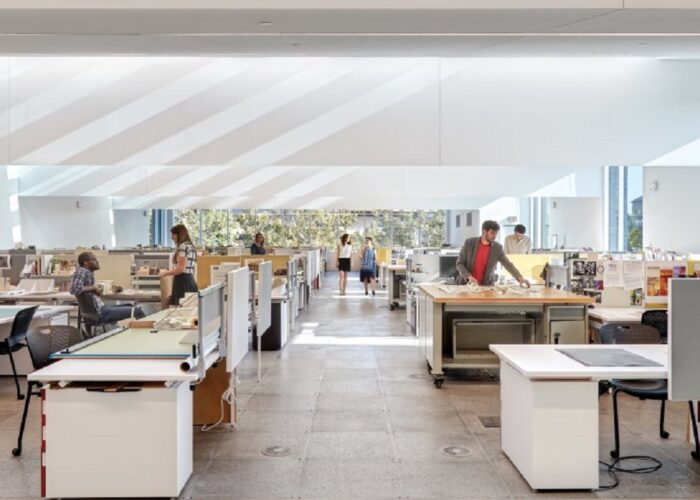 University of Michigan | Washtenaw County
University of Michigan | Washtenaw County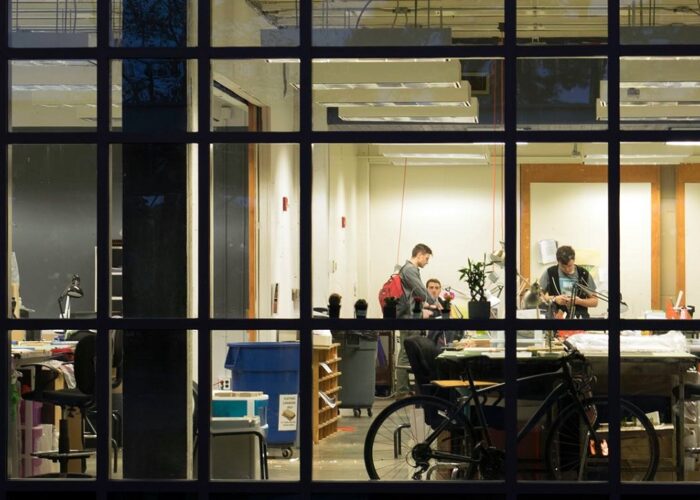 Auburn University | Lee County Alabama
Auburn University | Lee County Alabama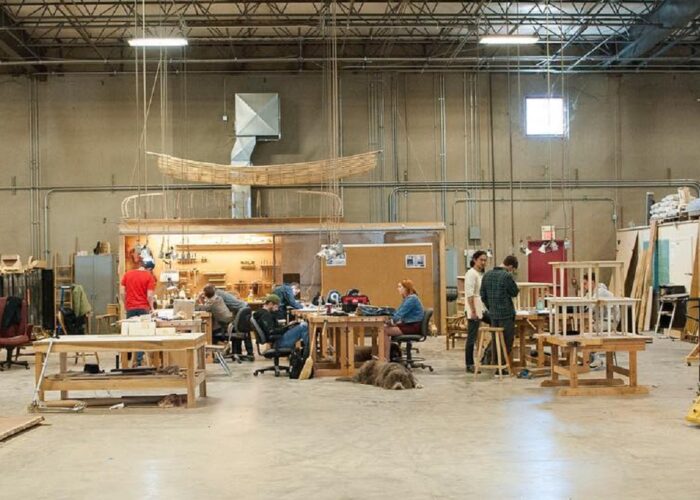 University of Kansas School of Architecture | Douglas County
University of Kansas School of Architecture | Douglas County
As reported by the US Department of Commerce Census Bureau the value of construction put in place by May 2025 by the US education industry proceeded at a seasonally adjusted annual rate of $135.970 billion. This number does not include renovation for projects under 50,000 square feet and new construction in university-affiliated health care delivery enterprises. Reports are released two months after calendar month. The complete report is available at the link below:
MONTHLY CONSTRUCTION SPENDING June 2025 (released two months after calendar month)
EVIDENTLY THE FEDERAL GOVERNMENT SHUTDOWN HAS DELAYED RELEASE OF THIS MONTH’S REPORT
Total construction activity for June 2025 ($2,136.2 billion) was 0.4 percent below the revised May 2025 estimate ($2,143.9 billion).
Learn more: https://t.co/ljpaYyKjuX#CensusEconData pic.twitter.com/TS6ewzZhc4
— U.S. Census Bureau (@uscensusbureau) August 1, 2025
This spend makes the US education facilities industry (which includes colleges, universities, technical/vocational and K-12 schools, most university-affiliated medical research and healthcare delivery enterprises, etc.) the largest non-residential building construction market in the United States after commercial property; and fairly close. For perspective consider total public + private construction ranked according to the tabulation most recently released:
$136.9590 billion| Education Facilities
$156.919 billion | Power
$68.968 billion | Healthcare
Keep in mind that inflation figures into the elevated dollar figures. Overall — including construction, energy, custodial services, furnishings, security. etc., — the non-instructional spend plus the construction spend of the US education facilities is running at a rate of about $300 – $500 billion per year.
LIVE: A selection of construction cameras at US schools, colleges and universities
![]()
We typically pick through the new data set; looking for clues relevant to real asset spend decisions. Finally, we encourage the education facilities industry to contribute to the accuracy of these monthly reports by responding the US Census Bureau’s data gathering contractors.
As surely as people are born, grow wealthy and die with extra cash,
there will be a home for that cash to sustain their memory and to steer
the cultural heritage of the next generation in beautiful settings.
More
National Center for Educational Statistics
AIA: Billings Index shows but remains strong May 2022
National Center for Education Statistics
Sightlines: Capital Investment College Facilities
OxBlue: Time-Lapse Construction Cameras for Education
US Census Bureau Form F-33 Survey of School System Finances
Global Consistency in Presenting Construction & Life Cycle Costs
New update alert! The 2022 update to the Trademark Assignment Dataset is now available online. Find 1.29 million trademark assignments, involving 2.28 million unique trademark properties issued by the USPTO between March 1952 and January 2023: https://t.co/njrDAbSpwB pic.twitter.com/GkAXrHoQ9T
— USPTO (@uspto) July 13, 2023
Standards Michigan Group, LLC
2723 South State Street | Suite 150
Ann Arbor, MI 48104 USA
888-746-3670














